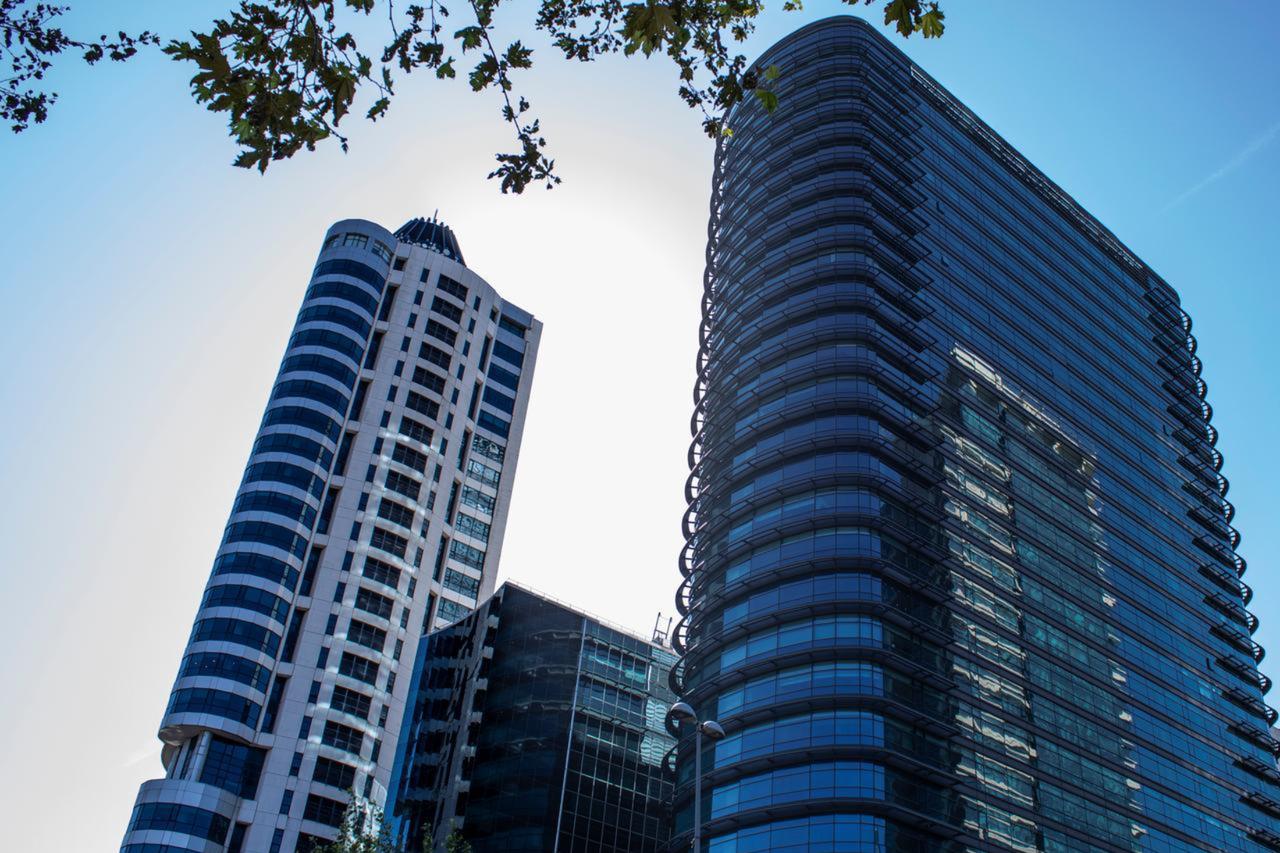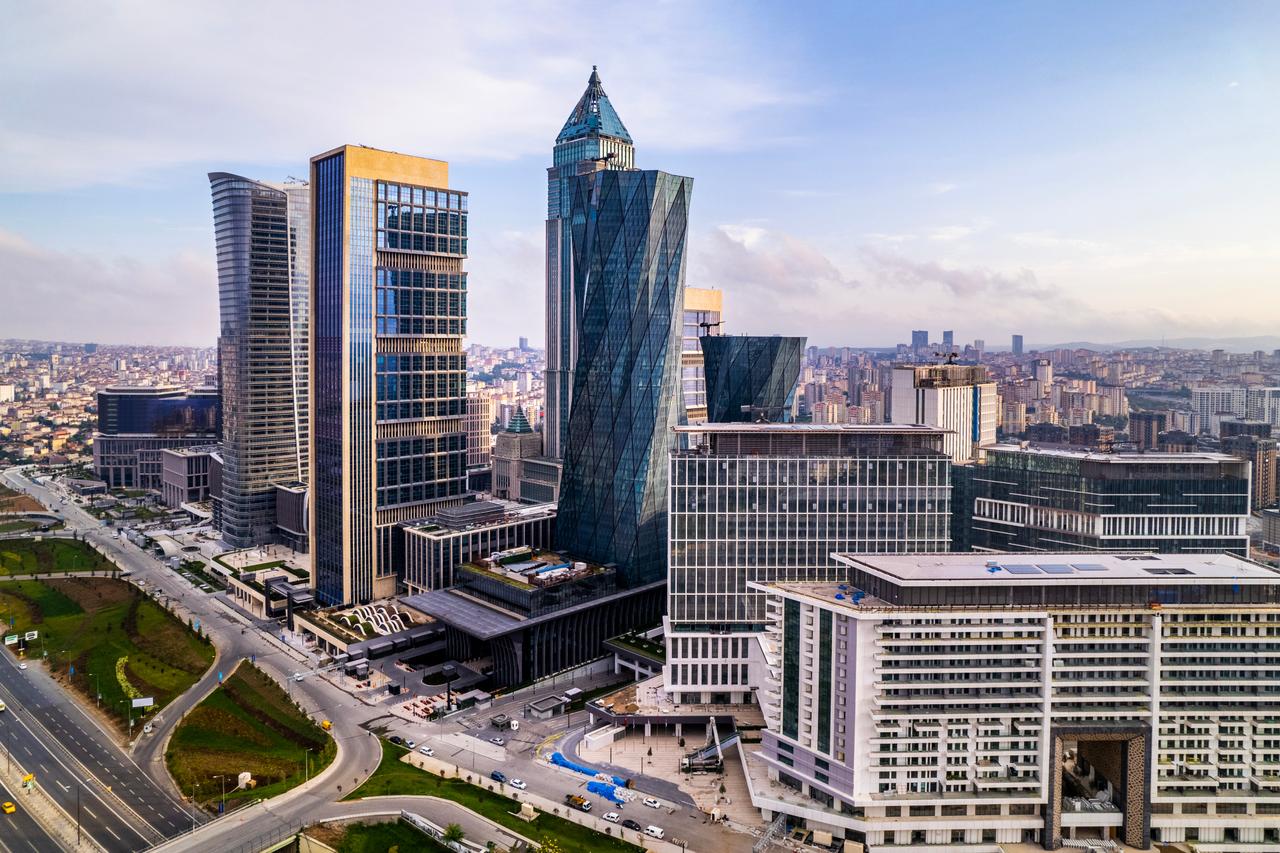
Commercial loans in Türkiye climbed 41% year-on-year in June to ₺15.7 trillion ($480 billion), accounting for 77% of total lending, according to the Banks Association of Türkiye (TBB).
At the same time, the ratio of non-performing loans increased to 2.6%, up from 1.9% a year earlier, and above 2.12% of the banking sector's total non-performing loans.
Higher interest rates, which have ranged between over 50% and 60% since late 2023, and tight liquidity conditions on both lira and foreign currency loans have made access to financing more difficult, but the figures show that companies have continued to rely heavily on borrowing.
Total loans across the banking system reached ₺20.49 trillion in June, a 42% increase compared with the previous year, with ₺19.74 trillion issued by banks.
Loans classified as “to be liquidated,” meaning those at risk of default, rose to ₺539 billion ($13.21 billion), of which ₺515 billion belonged to the banking sector, according to the data compiled by business-focused ekonomim.com.

Commercial lending was almost evenly divided between lira and foreign currency. Lira-denominated loans rose 29% to ₺7.95 trillion, while foreign currency loans expanded 55% to ₺7.78 trillion, making up nearly half of the total.
Manufacturing accounted for the largest share of lending with close to ₺5 trillion, or 32%, followed by wholesale and retail trade at 19%, while construction represented 9% and real estate, transportation, communications, and agriculture each stood at around 7%.
The construction industry had the highest ratio of non-performing loans at 4.8%, while agriculture recorded the fastest deterioration, with its bad loan balance surging 166% year-on-year.
Tourism, by contrast, improved its repayment performance and managed to reduce its non-performing loan balance by 23%.
Fitch Ratings, one of the world’s three major credit rating agencies alongside Moody’s and S&P Global, reported last week that Turkish banks faced a deterioration in credit quality in the first quarter of 2025.
The agency’s assessment, covering 13 banks that account for 83% of Türkiye’s total banking sector assets, pointed to rising inflows of non-performing loans (NPLs) and persistently high Turkish lira interest rates as the main drivers of stress.
According to Fitch, the sector’s profitability weakened, with the average operating profit-to-risk-weighted assets ratio slipping to 3.9% from 4.7% in the previous quarter, reflecting lower yields on loans and securities, as well as higher deposit funding costs.